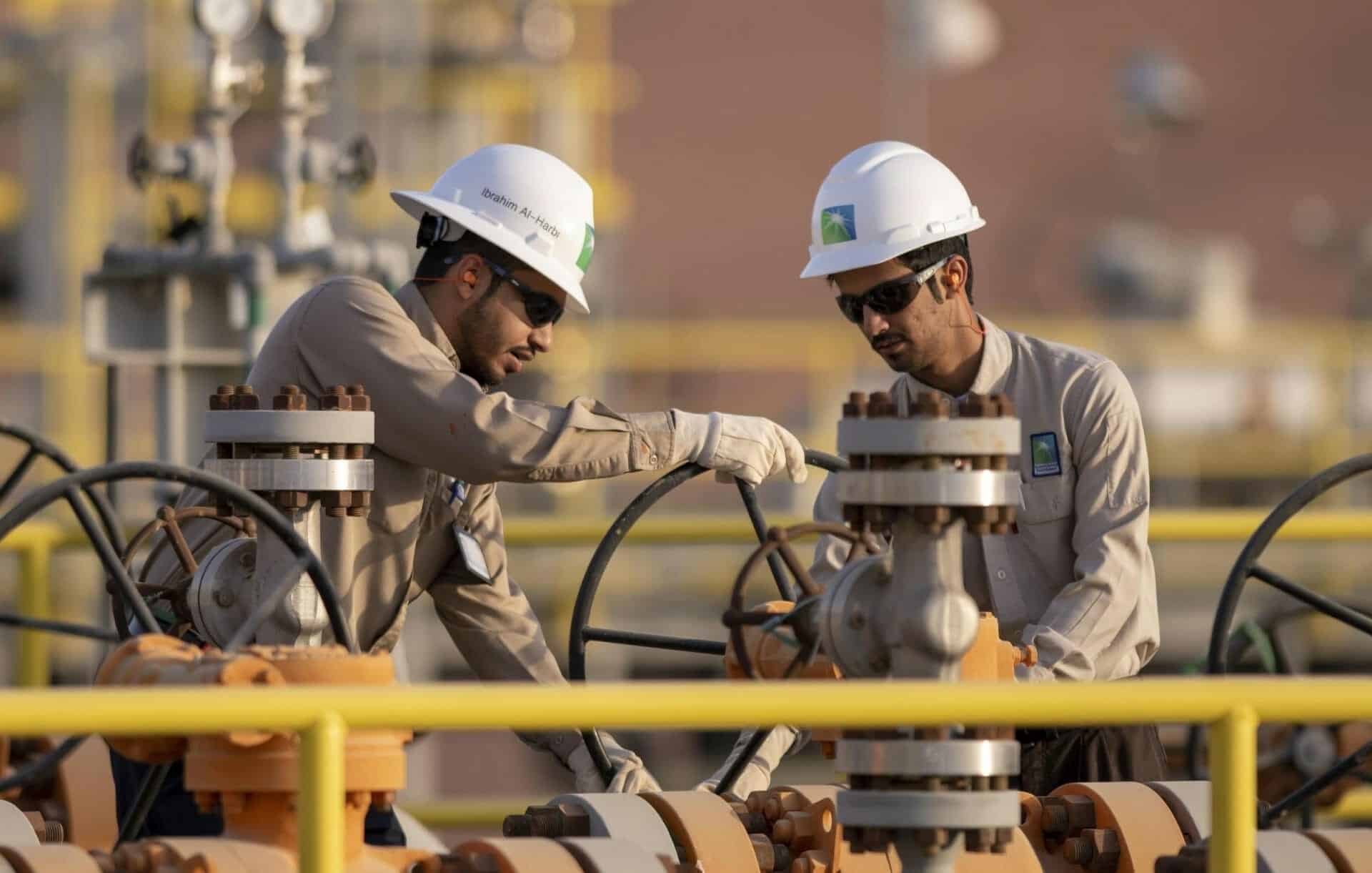Crude oil prices soared nearly 9% last week, marking the biggest weekly gain since March 2023, following a significant escalation in Middle Eastern conflicts, Euronews reported.
Some analysts believe that OPEC+ spare capacity and US production could offset any immediate supply shocks. However, a broader regional conflict in the Middle East could lead to long-term disruptions in the oil markets.
In early trading on Monday’s Asian session, oil prices saw a slight retreat, with Brent futures on the ICE falling by 0.35% to $77.78 per barrel, while WTI futures on the Nymex slipped 0.23% to $74.21 per barrel at 6:24 am CET.
Rising tensions in the Middle East
On Tuesday last week, Axios reported that Israeli officials stated that Israel would target Iran’s oil production facilities within Iran and other strategic sites in response to Iran’s ballistic missile attack.
On Saturday, Israel reaffirmed its intent to retaliate “when the time is right”, although US President Joe Biden told reporters that Israeli officials had not yet decided how to respond.
On Sunday, Iran’s state news agency Shana reported that Oil Minister Mohsen Paknejad visited the Kharg Island oil export terminal, where 90% of Iranian oil exports are shipped.
Paknejad stated on national television: “We are not afraid that our enemies will ignite a crisis, and visiting the region is a normal business trip.”
He also met with the Revolutionary Guards Navy commander, emphasizing the Navy’s crucial role in securing oil and gas facilities.
Iran is one of the top 10 oil producers globally, with production exceeding 3.3m barrels per day in August – the highest in five years, according to the Organisation of the Petroleum Exporting Countries (OPEC).
Iran’s oil exports have also climbed to a multi-year high of 1.7 million barrels per day, accounting for at least 2% of global supply.
Oil price trajectory
Crude prices have fluctuated between $66 and $96 per barrel over the past year, plunging to a 16-month low in September as economic concerns overshadowed geopolitical risks.
Weak demand from China and lackluster global economic data have dampened the outlook for oil markets this year. However, the recent escalation in the Middle East has renewed fears of supply disruptions, as the conflict could potentially escalate into a broader regional war.
Kelvin Wong, Senior Market Analyst at Oanda, remarked: “No visible diplomatic signs or activities support the de-escalation of hostilities in the Middle East.”
He also highlighted that the strong US non-farm payroll data released last Friday had reinforced the idea of a soft-landing economy, adding bullish sentiment to oil markets.
“Geopolitical risk premiums and ‘US soft landing vibes’ after a positive NFP print for September support macro factors likely to underpin WTI crude oil’s short-term bullish trend.”
From a technical standpoint, oil prices rose above the 50-day moving average for the first time in two months following last week’s spike. According to ICE Futures Europe data, net long positions in Brent crude increased by more than 20,000 contracts in the week ending 1st October.









